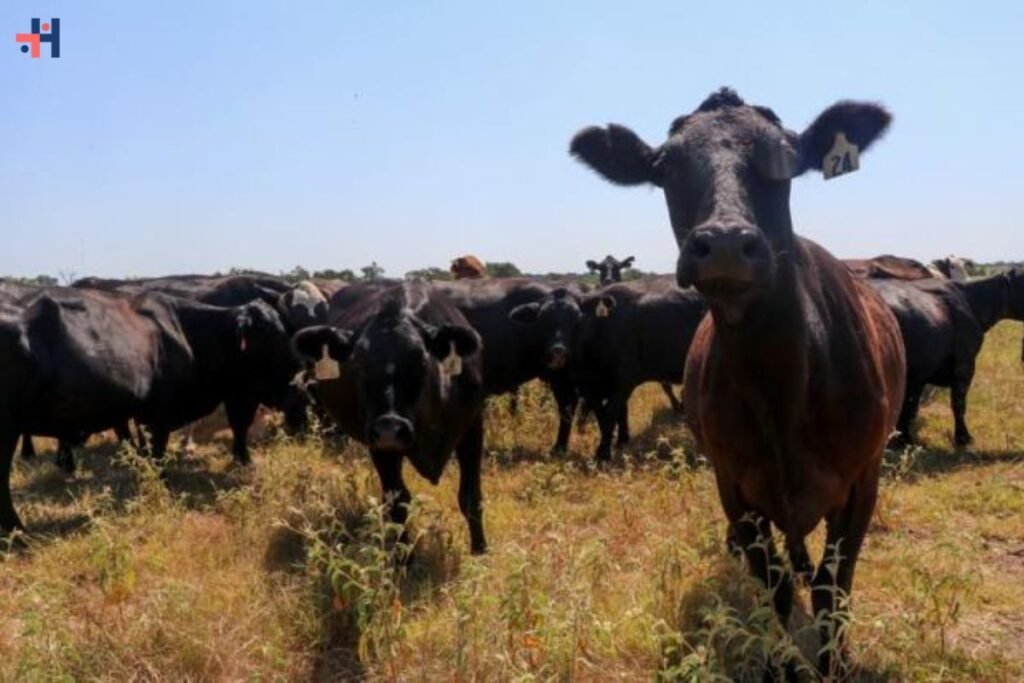[Source-AOL.com]
A puzzling ailment affecting dairy cows in the United States, characterized by the production of thick and discolored milk, has been identified as the inaugural confirmed outbreak of bird flu among bovines.
Confirmation and Geographic Impact
The US Department of Agriculture (USDA) has officially announced that cows at multiple dairy farms across Texas, Kansas, and New Mexico have tested positive for highly pathogenic avian influenza (HPAI). While the exact number of affected farms and cows in New Mexico remains undisclosed, the emergence of this avian virus strain in cattle has triggered alarm among agricultural authorities and public health experts.
Detection in Dairy Milk and Safety Assurance
During the investigation into the outbreak, researchers detected traces of the influenza virus in samples of unpasteurized cow milk. However, officials reassure the public that such abnormal milk would never reach consumer markets. Jim Lowe, a veterinarian and influenza researcher, described the contaminated milk as visibly altered in texture and appearance. Moreover, experts emphasize that standard pasteurization procedures effectively eliminate any viral contaminants, ensuring the safety of dairy products for consumers.
This unprecedented occurrence follows over a decade of speculation regarding the susceptibility of cattle to avian influenza. Experimental evidence dating back to the late 1990s suggested that bird flu could potentially cross over to ruminant farm animals, such as cows, prompting ongoing scientific inquiry into interspecies transmission dynamics. Recent observations of reduced milk production and rising antibody levels in infected cows further underscore the intricate interplay between influenza strains and mammalian hosts.
Bird flu infecting more animals
Epidemiological Impact and Mitigation Measures
While the current outbreak has affected a limited number of dairy farms, with approximately 10% of each herd impacted, the repercussions on milk production have been significant. Despite minimal mortality among infected cattle, the associated decline in milk output, ranging up to 40%, poses economic challenges for affected farmers. Vigilant monitoring efforts by agricultural agencies aim to contain the spread of the virus and safeguard public health interests.
Commissioner Sid Miller of the Texas Department of Agriculture assures consumers that there is no imminent threat to the food supply chain, emphasizing stringent safety protocols and the efficacy of pasteurization in eliminating viral contaminants. Ongoing genomic sequencing efforts seek to elucidate the origins and transmission dynamics of the avian influenza strain affecting cattle, facilitating targeted interventions and preventive strategies.
Broader Implications and Cross-Species Concerns
The detection of H5N1 avian influenza in goats in Minnesota highlights the potential for interspecies transmission within farm environments, necessitating enhanced surveillance and biosecurity measures. While mammals are considered dead-end hosts for avian influenza, the emergence of HPAI cases in diverse wildlife species underscores the complex ecological dynamics underlying viral transmission cycles.
As agricultural and public health authorities continue to monitor and respond to the evolving landscape of avian influenza infections, collaborative research endeavors and proactive surveillance remain paramount in mitigating the risks posed by zoonotic diseases to human and animal health alike.










